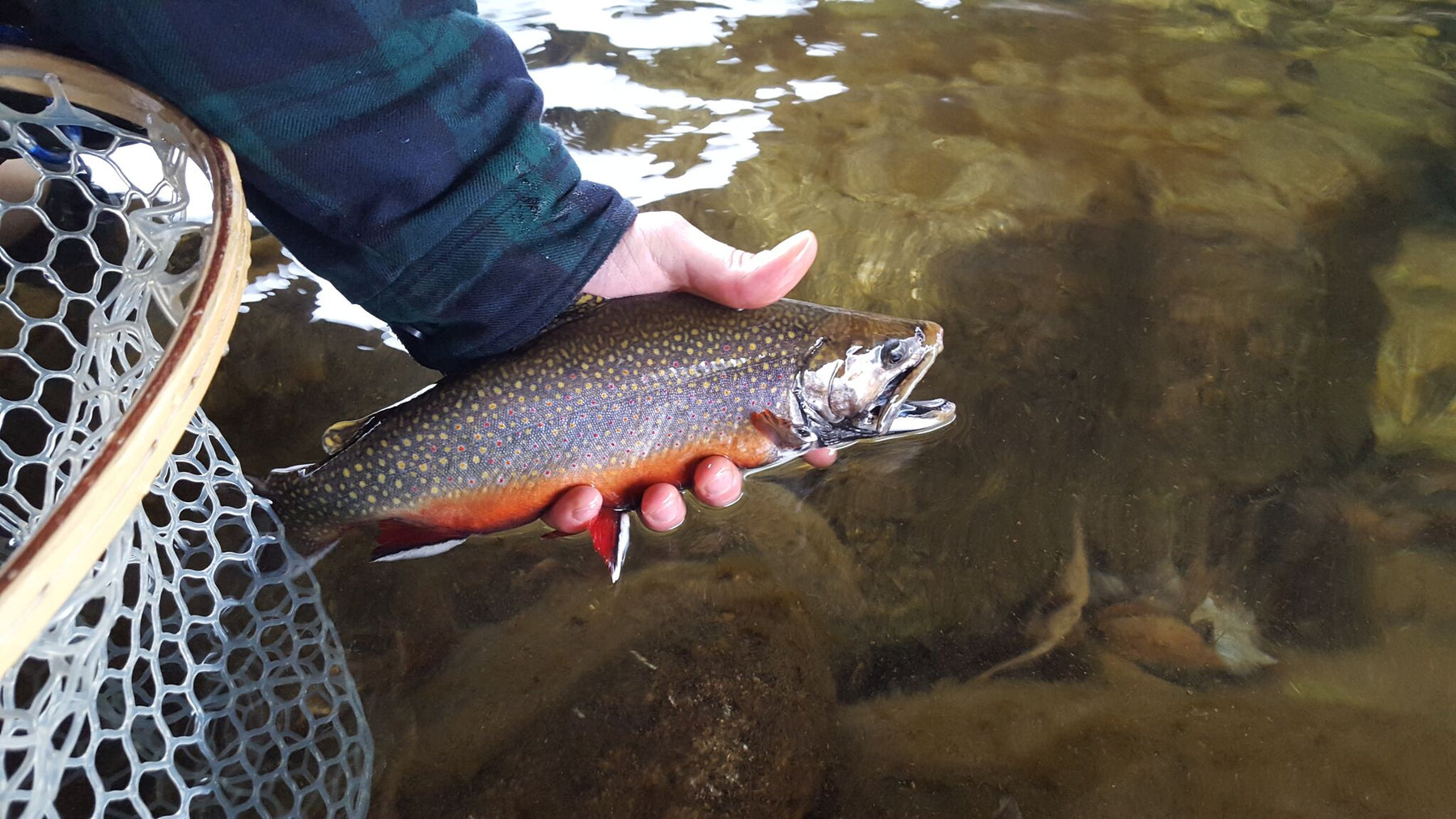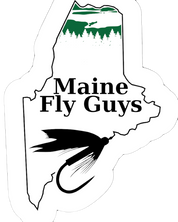
Are Fish Stocking Programs A Necessary Evil?
If you fish in Maine, or anywhere for that matter, you've probably encountered a stocked fish. Are all fish created equal? I reckon not. Stocked fish are frequently, but not always, easier to fool, physically less appealing, and grotesquely overweight compared to their native counterparts. Stocking reports are updated daily in Maine, allowing the weekend warrior to swarm local waters fresh with a new crop of eager trout or salmon. 250 12" hungry brook trout, stacked up in a 50' x 50' pool await fisherman of all ages and style. What about the fish that don't get fried up for dinner in the first week or two of being stocked, will they make it to next year? Inland Fisheries and Wildlife (IFW) suggest, probably not. A study done on the Saco river in 2014 analyzed survival and movement of fall-stocked brown trout. Of the 59 brown trout tagged, only 25% of them survived the first winter. However, IFW chalks some of the mortality up to the atypical winter between '13–'14. My response is, what winter isn't atypical anymore?

Stocked fish inherently have an uphill battle. They aren't as aesthetically pleasing as native trout and salmon, they have a hard time sustaining themselves, and they are fairly easy to catch. The latter causing large swarms of fisherman, which in New York might be the norm, but here in Maine, can be considered taboo. There exists an on-going battle between the native and stocked fish, although they are unaware, because the battle regarding said fish exists between fisherman! Organizations like the Nature Conservancy, Trout Unlimited, IFW, Native Fish Coalition all have varying opinions on what stocking programs should look like. But does it matter? Are stocking programs a necessary evil that we must utilize to keep a fishery alive? A sort of life support for Maine trout and salmon.
The Presumpscot River in Windham is the most notorious river for stocked fish in Maine. The "Sump" (as many locals call it) is loaded with brook trout, salmon, and brown trout every spring and fall. From 10/01/18 to 11/02/18, had 1,245 brook trout, brown trout, and salmon of varying sizes put into a 1/2 mile stretch of river. The almost 100% guarantee of catching a fish, draws anglers from far and wide to come spend their hard earned cash on local food, local tackle, and local gas. What would the Sump look like without the stocking program you ask? A beautiful, crystal clear river, glistening with granite and clay beneath the aqua ripples, just as it is now, but without the fish. There is a dam above, which has no passage, water levels get extremely low and warm in the summer months, and there is hardly any suitable refuge in the lakes below for trout and salmon to fall back in the summer months. Without the stocking truck, people would not flock to this river, other than the occasional nature walk. I'm sure the local business' of Windham near the Presumpscot appreciate the stocking stock.

So what's the problem with stocking? Is it the genetic implications it could have on local, native populations? Most trout streams in Southern Maine are no longer inhabitable by trout year round. Pollution, degradation of habitat, and warming waters are all contributing to that. A NOAA fisheries biologist once described to me that the decline of a fishery is usually "death by a thousand cuts," and I believe he is right. Stocking isn't the greatest threat to our current fisheries and should not be regarded as so.
Although it is clear that stocking programs can be beneficial, there exists trout and salmon waters that need no stocking to sustain a healthy population. The West Branch of the Penobscot comes to mind. At all cost, stocking should be avoided here. I'm sure we can all agree, that a native, self-sustaining population of fish is something special, a unique experience that we should conserve and preserve at all cost.
It seems that there are both pros and cons to stocking, neither outweighing the other, but our current state wide water quality is not up to snuff. And so, yes, stocking programs are a necessary evil, but I don't think they are an evil. I think they are a godsend, giving opportunities to young kids who are just starting to angle, to areas who could use even the slightest economical boost, and to the every day fisherperson who is just out and about for some fresh air. So before you go around bashing our State's stocking program, think of all the constructive ways it is currently helping. Could some fisheries programs be altered or managed differently? Absolutely, but that is a discussion for a different time.
